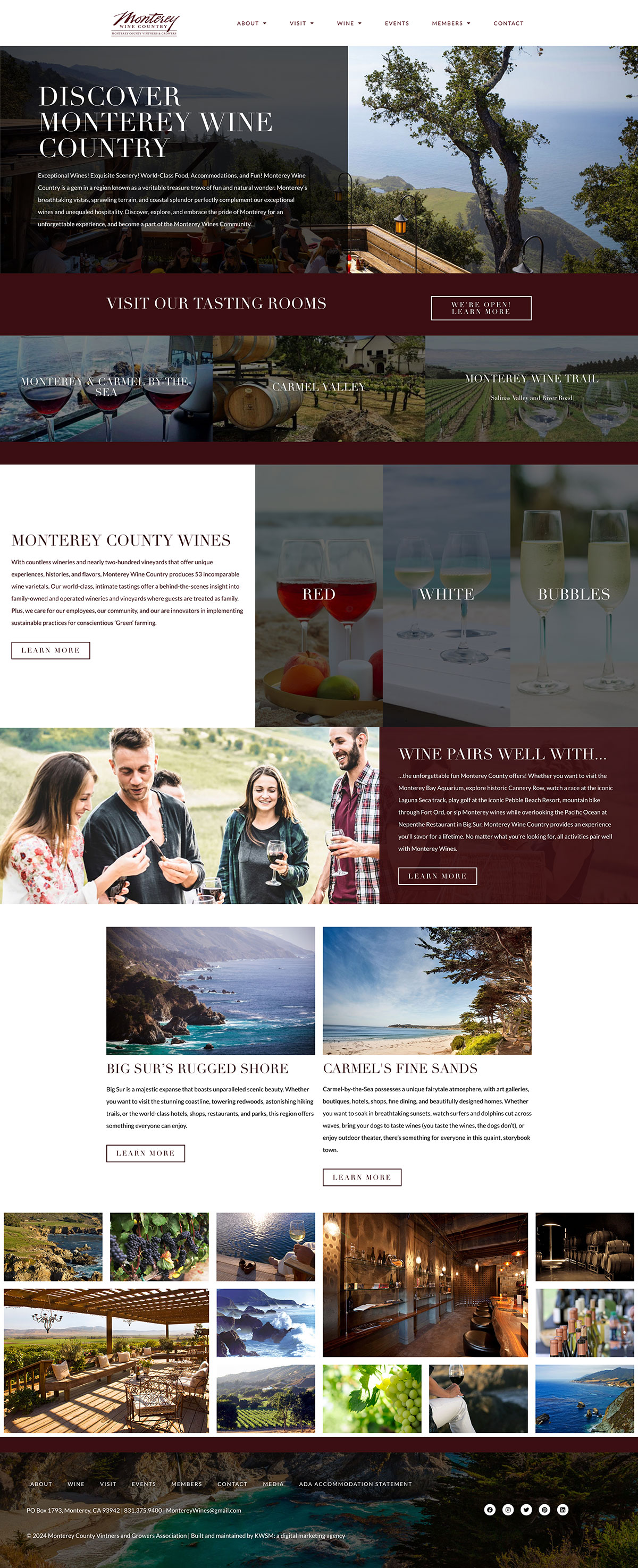
Sometimes, it’s tempting to hide behind your online presence. We all know that it’s easier to type something in an email or a Facebook comment than it is to say it to the recipient’s face. Most of us have scores of LinkedIn connections – or even Facebook friends – who we wouldn’t actually want to spend time with in person… and yet we actively keep up with their lives online.
We all fall into this trap. But lately I’ve seen an increase in a certain type of hiding – one that will actually hurt your online presence: refusing to use your picture on your accounts.
Have you gotten LinkedIn requests from someone who uses a logo instead of a headshot on their profile? Or worse yet, names the profile with the name of a company instead of a person? How does that make you feel about that person? When someone withholds information, we often feel as if they are trying to hide something. This is especially true on social media.
Whether you love the way you look, or (like most of us) have a list of things you would like to change, using your image on social media is an important part of social networking. Here are three reasons to reconsider hiding behind that logo.
People connect with people. (Use a picture that looks like you.)
Pay attention the next time you are scrolling through a newsfeed. Which updates do you pay the most attention to? Are they the ones issued by profiles with company logos, or pictures of dogs, trees or other non-human elements? Probably not. Chances are, the posts you slow down to examine are those with smiling human faces next to them. People connect with people. Not things. It’s important to give your audience a face with which to begin building that emotional connection. However, be deliberate about which face you choose.
In today’s business climate, it’s common to meet someone online before we meet them in person. It’s important that prospective clients and customers who interact with our digital profiles get to know the ‘real’ you, lest they feel mislead when they meet you in person.
I once had a coaching client who was a very successful interior designer. When we set up her LinkedIn profile, she sent me a gorgeous black and white headshot to use, taken on one of her modeling shoots. It was a picture of a beautiful blonde girl in her 20s- warm, approachable, a great shot. The problem? My client was in her 60s. When I gently asked if there was a more recent photo we could use, she replied that this was the only photo of herself she liked. Believe me, we’ve all been there. But what happens when a client meets her online, hires her, and then shows up at the first in-person meeting. They may feel confused, or even deliberately deceived. Not the best way to begin a business relationship.
I see the same issue frequently with people looking for new jobs. They don’t want to publish a current picture for fear it will give away their age, and jeopardize their chances. But even without a picture on your social profiles, eventually you will go in for an interview. If a potential employer is going to use age as criteria, they will do it just as easily during the first meeting as they would have narrowing down the candidates. The best approach is to make sure your profiles highlight your professional skills and accomplishments, not hide your ‘life experience.’
Your personal brand matters. (Use a professional image.)
Whenever I add a member to the team at KWSM, I always look up my candidates on social media. Not just because we’re in the business – but also because you can tell a lot about someone’s priorities and maturity level by looking at those profiles. I will admit that I make judgments about ability, personality, and even character, based on what I see on Facebook, Twitter & LinkedIn.
Your social persona is not separate from the real-life you; it’s an extension of it. The things you choose to post on those profiles reflect the way you see yourself, and want others to see you.
Another recent coaching client used a picture of himself holding a glass of wine on his LinkedIn profile. It was a nice shot and a good picture of him, but unless you understood that he was active in the community and this picture was probably taken at one of the fundraisers he organized, you might get the wrong idea. It’s a fact: people will judge you. Don’t give them any reason to doubt your professionalism. Your goal on social media should be to make it as easy as possible to do business with you.
You don’t need to have a professional headshot taken for social media – although that investment may serve you well. However, when you are using social media for business, this is not the place to cut yourself out of the family Christmas photo, or use a shot with your dog or infant in it. This is the ‘work’ you, and your photo should reflect what you want clients and colleagues to see.
Some profiles are about you, not your company. (Use a photo that allows you to shine.)
On your business Facebook page, it’s OK to use your logo. That profile is about your company. But your LinkedIn profile? That one is actually about you. It does list your skills and experience, but if you changed positions tomorrow, much of your profile should be able to remain the same. You still have the same talents and bring the same expertise to the table, right?
When someone sends me a connection request on LinkedIn and the profile is named for their business – or even if it’s their real name, but the picture is a logo – it usually indicates to me that they don’t understand how to use LinkedIn. And generally, I won’t connect with them. I immediately believe that they are trying to sell me on their company, not form a connection.
This particular social media channel is about personal relationships. It’s about building – and leveraging – your network. Authenticity matters here. You can still highlight your business through a LinkedIn company page, but when asking people to connect, you are asking them to link with you as a person – not a business.
Using your personal LinkedIn profile to promote your business feels like you are trying to get one over on us. How much do you care about deepening your relationships when you won’t post a picture of yourself (or in some cases, even your name)? Overtly promotional behavior is a turn-off on any social media channel, but I find it most offensive on LinkedIn.
When considering any of your accounts, ask yourself if the profile is personal, or about the company. On Facebook & LinkedIn, there are different types of accounts for each. On Twitter, you can go either way, but be clear on your objective.
At the end of the day, nothing will get you farther on social media than authenticity. Form genuine relationships, engage in meaningful conversations, and show us the real you. You never know which of your fans wants to do business with you – help them form that connection.











